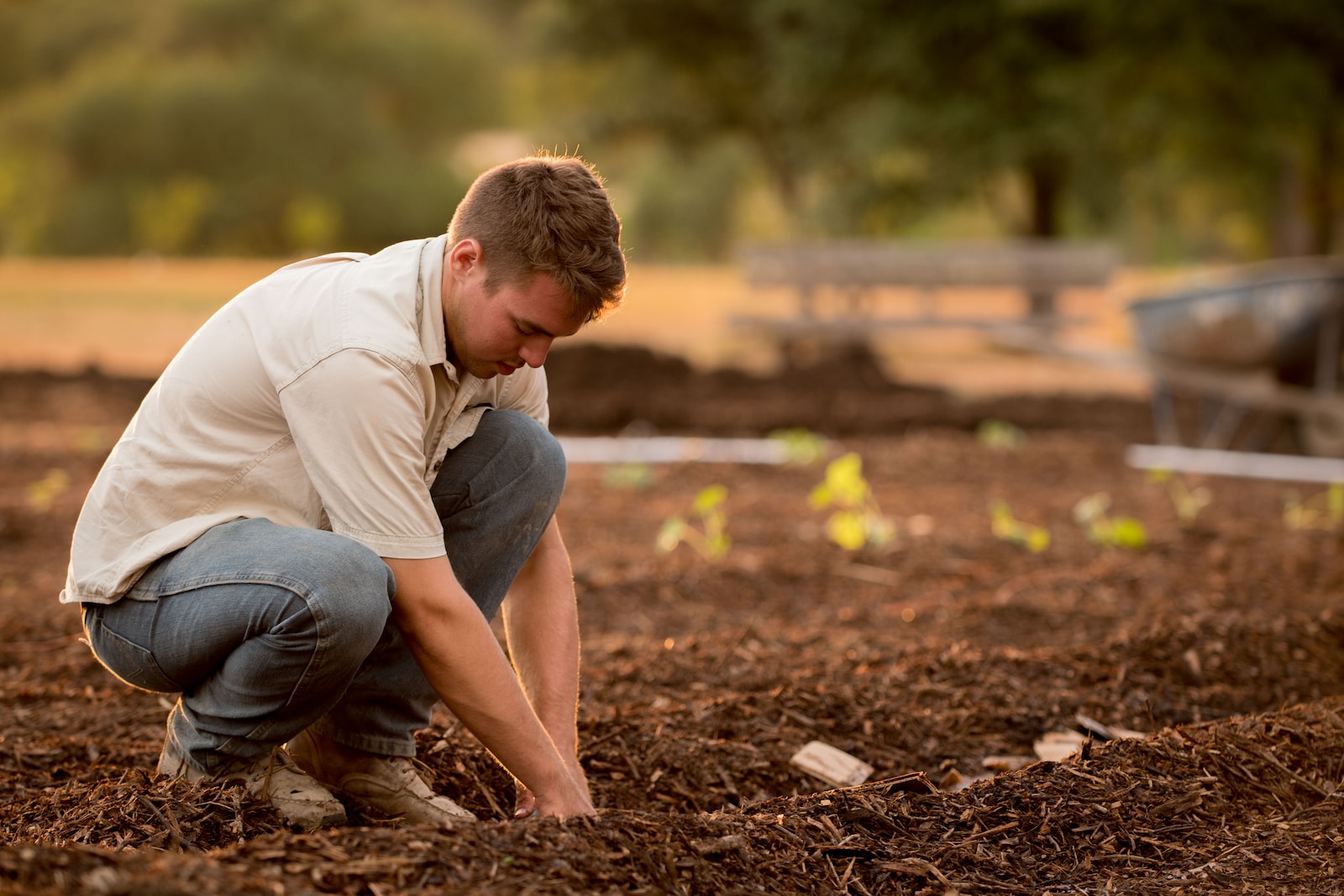Discover essential tips for preserving and storing seeds from your garden for future planting. Learn how to safeguard your seeds to ensure a bountiful harvest in the seasons to come.
Introduction
Gardening enthusiasts understand the importance of preserving and storing seeds from their gardens. It’s a rewarding practice that allows you to maintain a cycle of self-sufficiency and ensure a thriving garden year after year. In this comprehensive guide, we will explore the best techniques for preserving and storing seeds from your garden for future planting. With a little effort, you can nurture a sustainable garden and share your seeds with others, contributing to a greener world.
Preserving Your Garden’s Seeds
The Harvesting Process
To ensure your seeds are viable, start by harvesting them at the right time. This is typically when the seeds are mature but before they naturally disperse. For instance, you can collect tomato seeds when the fruit is fully ripe.
Seed Cleaning
Before storing seeds, it’s crucial to remove any debris or plant matter. Gently rub the seeds between your fingers and rinse them with water. Pat them dry with a clean cloth.
Air Drying
Place your cleaned seeds on a tray or paper towel and let them air dry. Make sure they are spread out evenly, and avoid direct sunlight. This helps prevent mold growth.
Proper Labeling
Label each seed variety with the plant’s name and the date of harvest. This prevents confusion and ensures you know the origin of each seed.
Storing Your Seeds
Container Selection
Selecting the right container is essential. Opt for airtight containers such as glass jars or seed envelopes. These prevent moisture and pests from infiltrating.
Ideal Storage Conditions
Seeds should be stored in a cool, dry place. A temperature of around 50°F (10°C) is ideal, and humidity should be kept below 50%.
Silica Gel Packets
To maintain low humidity, consider adding silica gel packets to your seed containers. These help absorb excess moisture, keeping your seeds in excellent condition.
Freezer Storage
For long-term preservation, some seeds benefit from freezer storage. Seal them in airtight bags and place them in the freezer. Be sure to label them clearly.
FAQs
How long can I store seeds?
Seeds can be stored for different durations. Some seeds, like beans or peas, can last up to five years, while others may only be viable for a year or two.
Can I use regular containers for seed storage?
Airtight containers, such as glass jars or seed envelopes, are best for seed storage. They prevent moisture and pests from damaging your seeds.
Do all seeds benefit from freezer storage?
Not all seeds require freezing. Only specific varieties, like certain flower seeds or rare heirloom vegetables, benefit from long-term freezer storage.
Is it essential to label my seeds?
Yes, labeling is crucial. It prevents confusion and helps you track the age and origin of your seeds.
**What is the best way to keep seeds dry while storing them?
**
Silica gel packets are excellent for maintaining low humidity and preventing excess moisture in your seed containers.
How often should I check my stored seeds?
It’s a good practice to check your stored seeds annually to ensure they remain dry and viable.
Conclusion
Preserving and storing seeds from your garden for future planting is an environmentally responsible and satisfying endeavor. By following the steps outlined in this guide, you can maintain the integrity of your seeds, safeguard biodiversity, and contribute to a more sustainable and greener world. Now, go ahead and preserve your garden’s seeds for a brighter gardening future!















